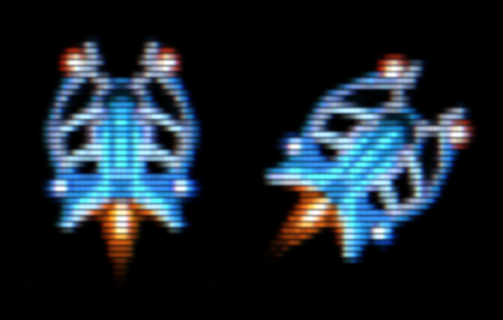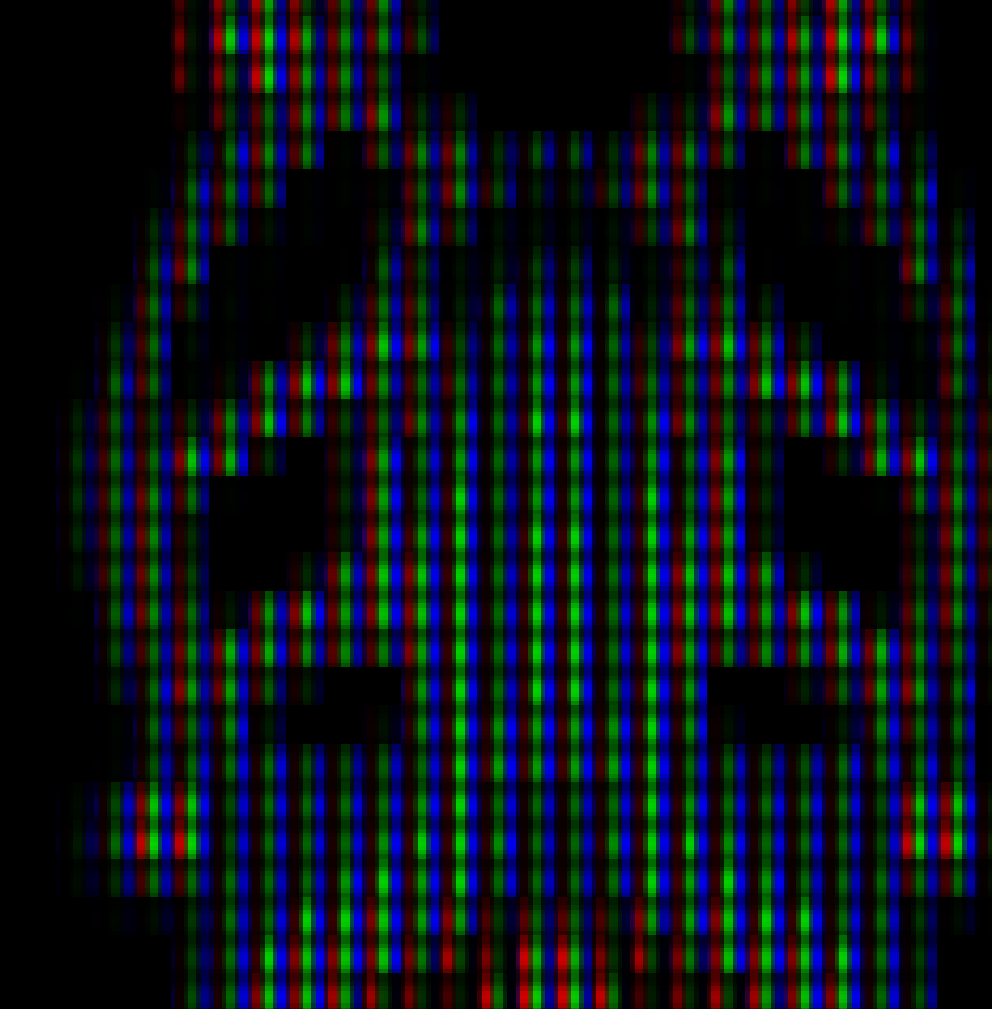540
There is a particular look that some old games have that I love. I’ve been chasing it for ages, and I think I’ve finally figured out how to achieve it.
I’m the sort of guy who still plays some game from the early 90s almost daily. Usually it’s some flavour of street fighter. I know the nostalgia for those games is deep in my bones. Nostalgia can be a positive force, or a negative one. People suffering from nostalgia can sometimes convince themselves that the past was better. That the way things worked were better. What they remember was better than what currently is. This is almost universally wrong.
I still love those old games. They are still enjoyable, even without the nostalgia. They are not better. In so many ways, they are far worse than what we have now. That doesn’t mean that there aren’t aspects of those games to love.
I got rid of the last CRT in this house a few years ago, and I have no intention of obtaining another one. It’s worse than what we have now in so many ways that it’s difficult to compare. The LCD, and OLED screens that we have now, are better. Period. By any reasonable metric, just better. But they are different.
So, here’s my issue, I love old games, and I love the look of some old games, but I think breaking out the old hardware just to see them is ludicrous. If I can’t be bothered to break out a CRT to play these games, you can be damn sure that I won’t be using ancient tools to create these sorts of graphics.
CRTs work very differently to modern displays, and the artifacts of how they function are part of how those old games looked. There is some tendency among game nostalgia sufferers to believe that artist of that time were wizards or more capable than modern artists. Of course, that’s nonsense. They were doing the best they could with what they had. What they had were displays that glow and fluoresce in uneven, but controllable, ways. None of the pixel art in CRT based games was ever intended to be seen unfiltered by an aperture grill. Unblurred by light bleed. It is an art form tied to a specific technology with specific limitations and specific qualities. Qualities that you can fake well enough, if you mess around with digital art tools long enough.
I know there are a lot of CRT filter shaders out there. Some of them are very good and very convincing. What I couldn’t find were any art creation tools that would help an artist to create graphics that would look correct when run through one of these filters. So I made one.
Currently this is a series of Krita layers that mimic a set of optical effects. They are mostly just Multiply and Addition filters, literally taking the base pixel values and multiplying or adding them by another value. Basic stuff that computers are great at. I also have a set of blurs that are slightly more difficult, but also something that modern computers can crunch through very quickly.
My set of layers let me paint with any tool in Krita’s box of brushes. It all updates in real-time to look like a limited set of colors are being represented as large chunky pixels and filtered through a CRT screen. It’s all instantaneous. No waiting for something to render. No testing my pixel art through a secondary CRT filter. No creating using a limited set of pixel art tools. Just paint, and see it as if it were the early 90s.
I don’t know about you, but that seems to satisfy my nostalgia.
I still love those old games. They are still enjoyable, even without the nostalgia. They are not better. In so many ways, they are far worse than what we have now. That doesn’t mean that there aren’t aspects of those games to love.
I got rid of the last CRT in this house a few years ago, and I have no intention of obtaining another one. It’s worse than what we have now in so many ways that it’s difficult to compare. The LCD, and OLED screens that we have now, are better. Period. By any reasonable metric, just better. But they are different.
So, here’s my issue, I love old games, and I love the look of some old games, but I think breaking out the old hardware just to see them is ludicrous. If I can’t be bothered to break out a CRT to play these games, you can be damn sure that I won’t be using ancient tools to create these sorts of graphics.
CRTs work very differently to modern displays, and the artifacts of how they function are part of how those old games looked. There is some tendency among game nostalgia sufferers to believe that artist of that time were wizards or more capable than modern artists. Of course, that’s nonsense. They were doing the best they could with what they had. What they had were displays that glow and fluoresce in uneven, but controllable, ways. None of the pixel art in CRT based games was ever intended to be seen unfiltered by an aperture grill. Unblurred by light bleed. It is an art form tied to a specific technology with specific limitations and specific qualities. Qualities that you can fake well enough, if you mess around with digital art tools long enough.
I know there are a lot of CRT filter shaders out there. Some of them are very good and very convincing. What I couldn’t find were any art creation tools that would help an artist to create graphics that would look correct when run through one of these filters. So I made one.
Currently this is a series of Krita layers that mimic a set of optical effects. They are mostly just Multiply and Addition filters, literally taking the base pixel values and multiplying or adding them by another value. Basic stuff that computers are great at. I also have a set of blurs that are slightly more difficult, but also something that modern computers can crunch through very quickly.
My set of layers let me paint with any tool in Krita’s box of brushes. It all updates in real-time to look like a limited set of colors are being represented as large chunky pixels and filtered through a CRT screen. It’s all instantaneous. No waiting for something to render. No testing my pixel art through a secondary CRT filter. No creating using a limited set of pixel art tools. Just paint, and see it as if it were the early 90s.
I don’t know about you, but that seems to satisfy my nostalgia.
This post is licensed under CC BY 4.0 by the author.

